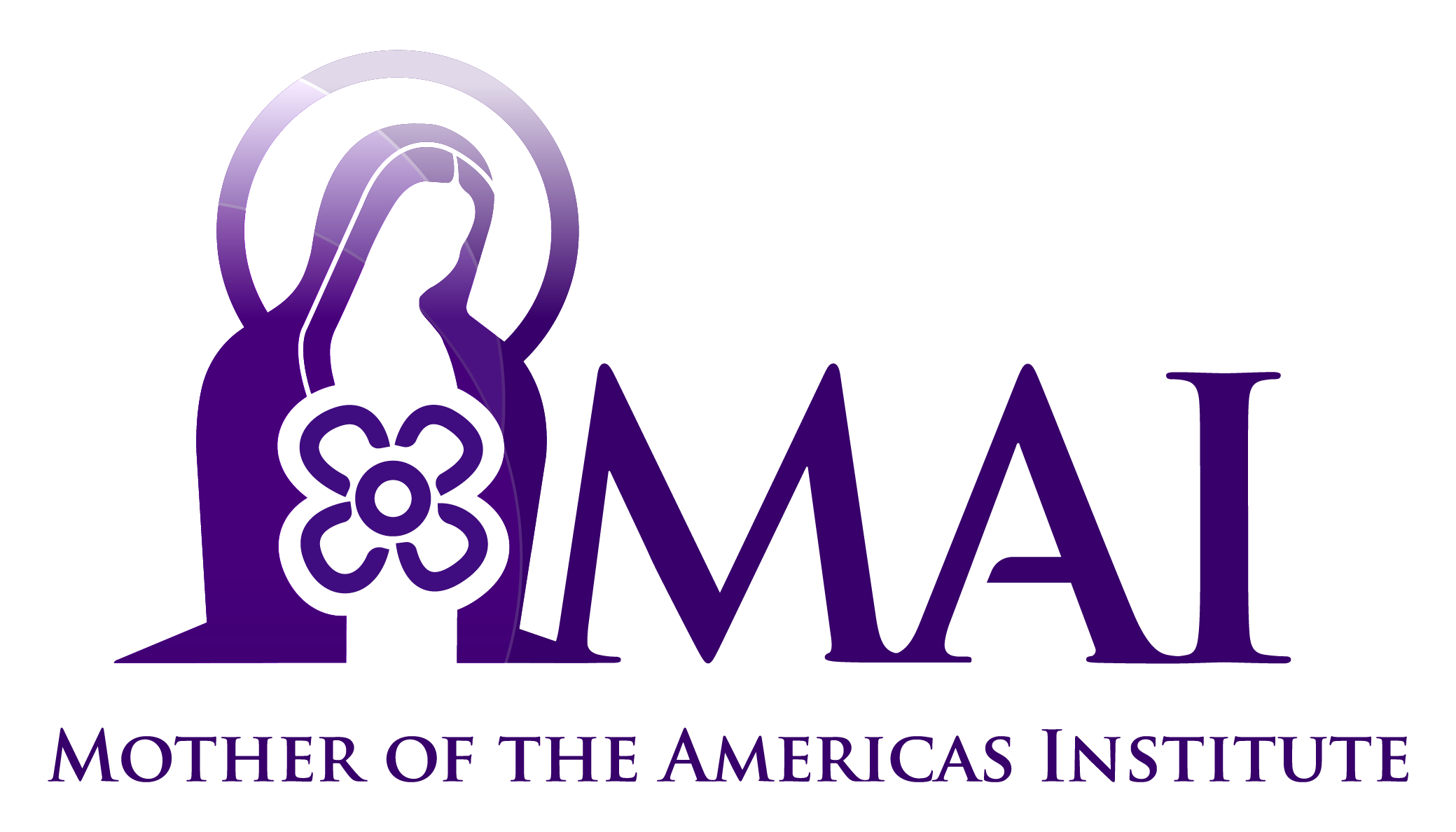Earlier this year an English, Catholic theologian passed away after a long struggle with cancer. His name was Stratford Caldecott. Caldecott was something of a polymath, showing a profound grasp of a wide range of matters. It was quite fitting then that he held an appointment as the G.K. Chesterton Research Fellow at St Benet’s Hall, Oxford. Among many notable accomplishments was his founding of Centre for Faith and Culture in Oxford, founding of the journal Second Spring and sitting on the editorial board for a number of prestigious, academic journals.
After he was diagnosed with cancer in 2011, he began to publish with great urgency. He was aided in this effort by a colleague from the John Paul II Institute for Studies on Marriage and the Family who took a leave of absence in order to ensure that the profundity of this man's intellect was preserved for the Church.
The fruit of this effort was a masterful synthesis of his great learning and thought about God, creation, man and the meaning of life. His insights and achievements in terms of presenting a compelling, integrated understanding of Catholic teaching was recently recognized in a collection of essays written by a host of eminent Catholic theologians, published in his honor and entitled The Beauty of God's House.
Caldecott's work provides a wealth of insights that will pay great dividends toward the development new means of expressing the faith for the New Evangelization for some time to come. His work will most certainly to contribute to developing new means within the areas of pre-evangelization, the kerygma and catechesis.
The loss of such a formidable intellect to the Church Militant is incalculable. Yet, Caldecott's great faith would certainly tell us that every Christian's death must be seen in light of God's Providence, most profoundly manifested in the Cross. It is to those of us who remain to apply his gifts in further service of the Church and the New Evangelization. A systematic exploration of his corpus of writing for the purpose of developing new means of expression will be of great service in this regard. We strongly recommend Stratford Caldecott's work, particularly insightful is his post diagnosis work, The Radiance of Being.


